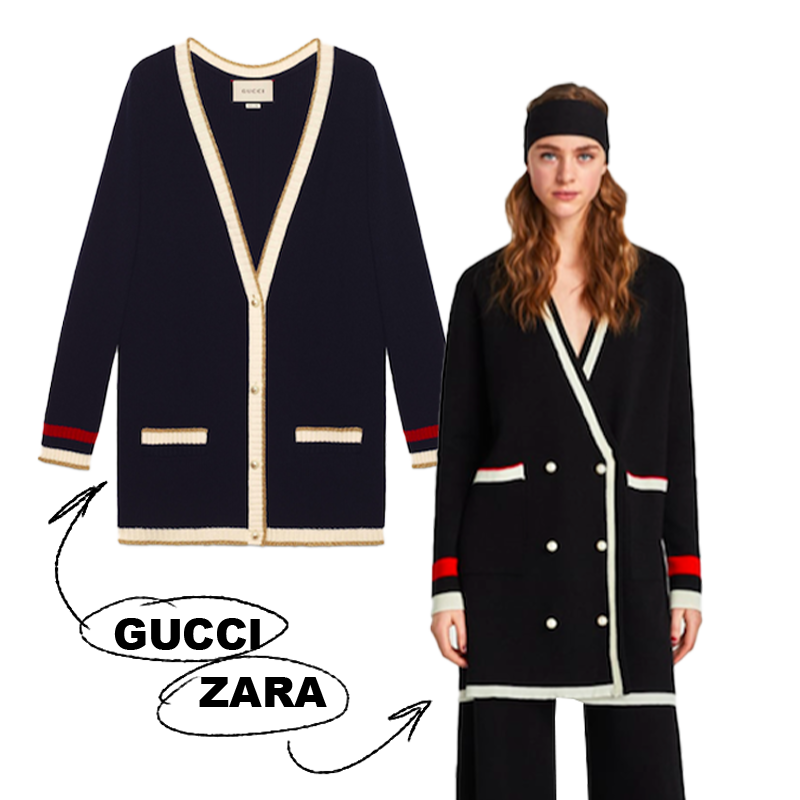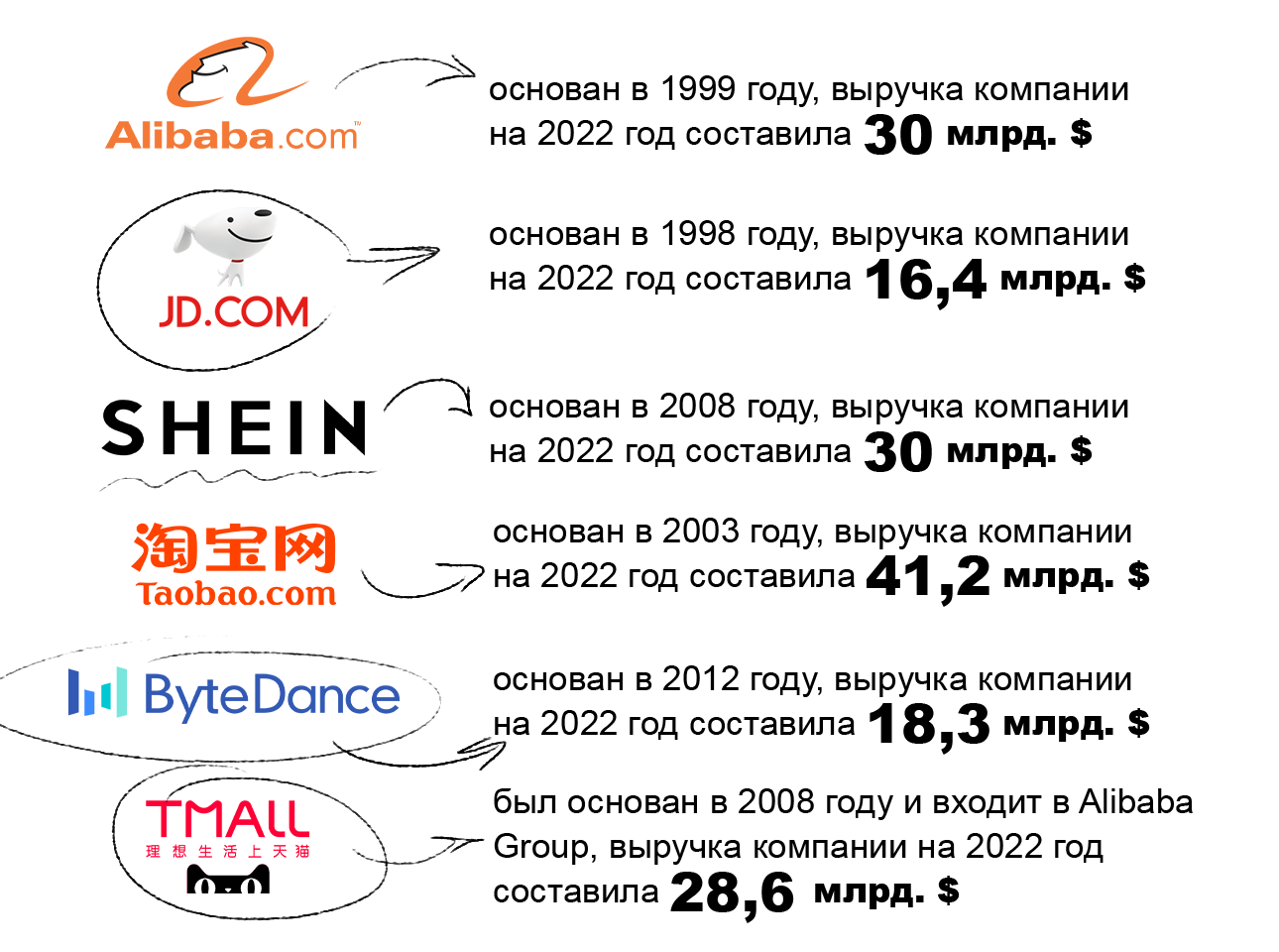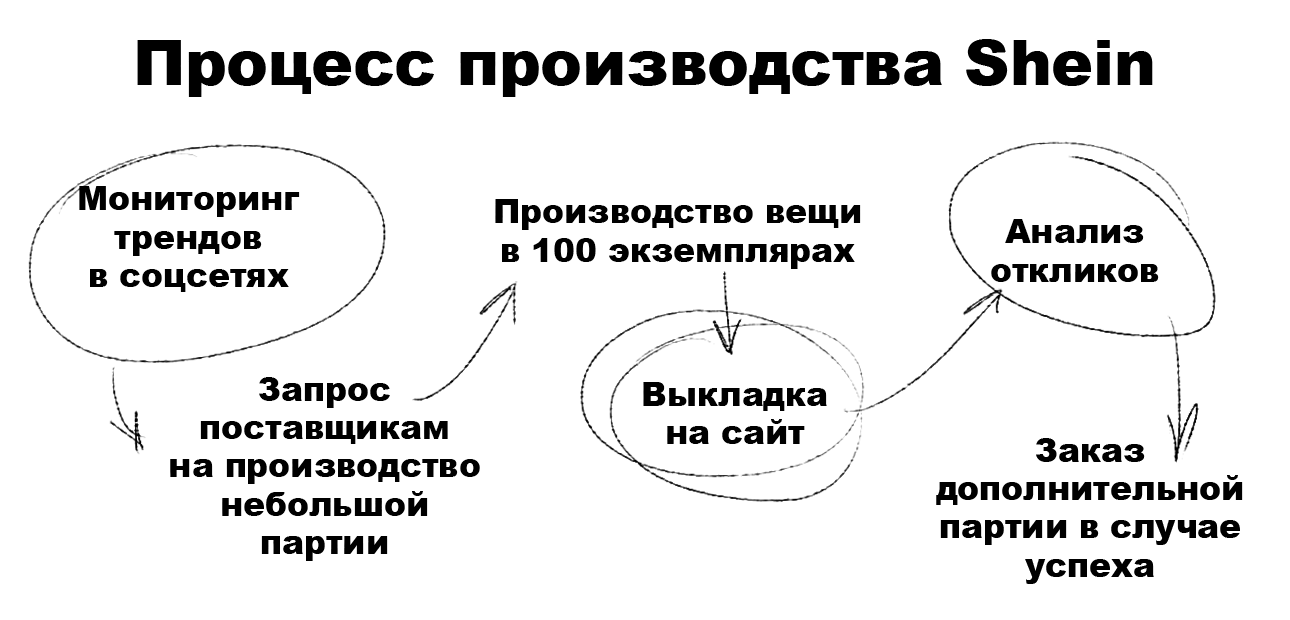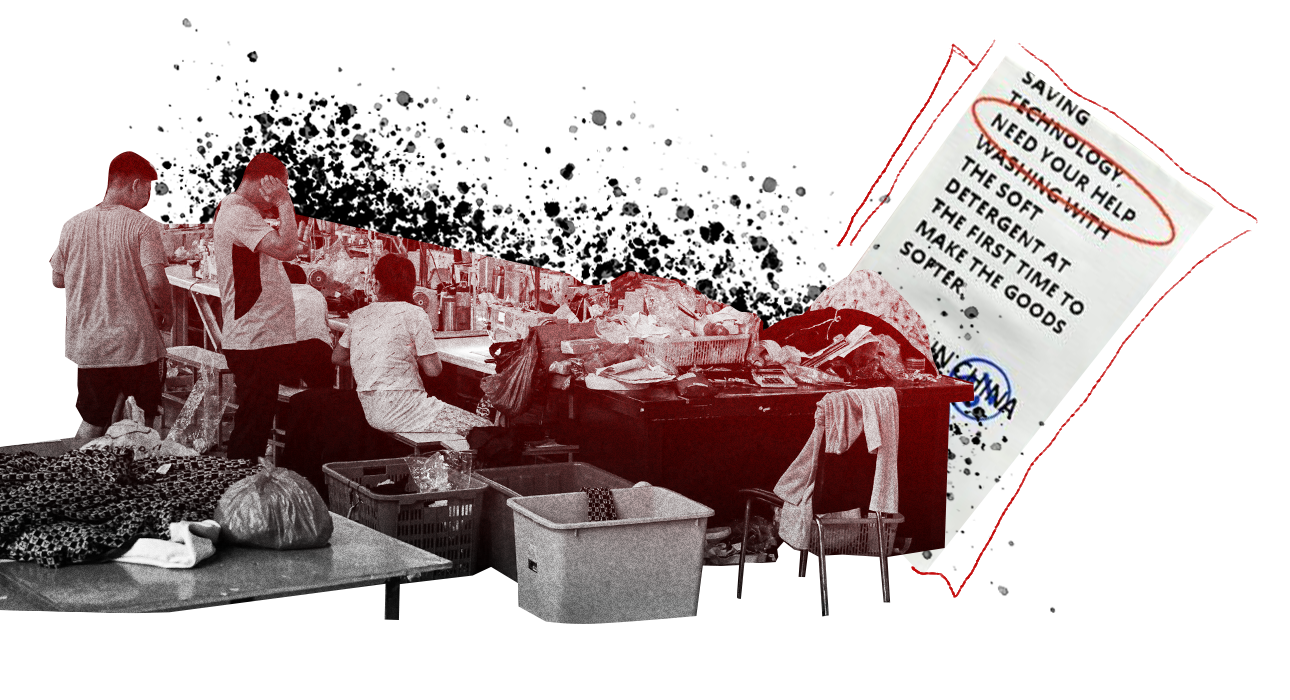The movie “Model Boy”, which was released on the big screen in 2001, reads differently 20 years later. The sexualization of women is no longer appealing, the exaggerated stupidity of on-screen models plagues the industry itself, and racist jokes are universally equated with catastrophe. Yes, the world of fashion has changed radically in two decades. But some things are still unshakable. And by “something” we mean industrial factories in Asia.
If you have watched the movie about the adventures of Derek Zoolander in the cinema, we are happy to remind you what evils he is fighting. Comedy begins with a mysterious meeting of the best fashion industry. In the semi-darkness, they discuss the preparations for the assassination of the Malaysian Prime Minister, which has outlawed child labor at the legislative level and caused the anger of big corporations that monetize cheap labor.
Doesn’t it remind you of something? The situation largely reflects what Shein and other major Chinese markets are doing now. For several years they managed to accuse them of almost all mortal sins, but still Asian ultra-fast fashion is quickly taking over the world. How and why? We understand our material.
fast fashion era

Fashion is accelerating. It’s a fact and it’s hard to argue with it. With the advent of the mass market, fashionable items were made available to the general public. Dear Zara, H&M, Bershka, Pull&Bear and Topshop were among the first to adopt a business model that allows them to respond quickly to all new trends and produce products within a matter of weeks.

Literally a month after the end of the fashion shows of luxury fashion brands, we are sure that you have noticed that very similar products have appeared on the shelves and rails of traditional Zara. As a result, people get what they dream of, but at a completely democratic price tag.
By 2020 alone, the global fashion market is estimated at one trillion dollars. CAGR is expected to increase by 40% between 2021 and 2028. And although the founders of the Inditex holding last year decisively announced that they fundamentally changed the business model and now offer customers “only quality” in the spirit of the positions of Massimo Dutti, Zara and Oysho, the fast fashion market will not be empty . Moreover, a completely new era has begun. The ultra-fast fashion era comes from China, where markets like Taobao, Tmall, Alibaba and of course Shein have made their mark.

Fast Fashion Phenomenon

So where did the “done” prefix come from, and how did China become a pioneer in its field? Let’s take a look at Shein as an example. There is now a team of 800 designers in the online marketplace. Using Google Trends, they follow new trends every day, monitor social networks (especially TikTok) and do not forget about the shows and debuts of star girls. In general, children are aware of everything that is actually happening.

Then the most interesting begins – the production stage, which is very different from the work of the same Zara. Because Shein cooperates with small factories, new stuff is usually only shipped in batches of 100 pieces, uploaded to the site, and then they look at the response. If enough people are interested in the product, Shein orders a larger batch. And all this in a few days – the production cycle is less than a week. Short lead times allow thousands of products to be tested daily and move from just-in-time to real-time production. And yes, 6 thousand new products are added to the site every day.

To whom do Chinese marketplaces owe such extraordinary popularity?
Of course, Generation Z. All the crime, the growing popularity of social networks and the general obsession with beautiful content. Many young people very carefully choose pictures not because they like it, but for subscribers who will like it and write enthusiastic comments. The problems do not end here, they begin. As soon as something “lights up” on the account, you need to look for something new. After all, two photos in the same outfit are absolutely unacceptable. And here Shein, Aliexpress, Alibaba, Temu and other Chinese marketplaces come to the rescue, in their collections you can find valuable cargoes like Bella Hadid or tops like Julia Fox for just a few dollars. An ideal find for those who can’t afford to shop at luxury boutiques or popular streetwear brands. As they say, if you want to live (dress stylishly) – know how to turn.

Here’s a paradox – world celebrities, star it-girls, and fashion bloggers promote sensible consumption and all things environmental protection, and Shein still manages to be a leader in almost every aspect. How? Again, blame social media. Because of our favorite apps and beautiful images of older generation influencers, orders in the spirit of “the stingy pays twice” or “it’s better to buy a quality product than 10 rags” fade into the background. You can talk about it all you want, but a significant part of the younger generation does not understand why you buy a conditional miniskirt for an impressive amount, if you can acquire several items at once and complete one content plan for several. weeks ago. After all, no one can see the quality of something from the screens of smartphones, right?

And that’s the second point we talk about when we write about the Shein phenomenon and the horrors that happen within the company in the summer. For Jenzers, navigating the platform lane has become a form of total relaxation – looking at 5478 dresses with the back open is no longer perceived as a nightmare. And as proof of this, we cite an interview with 22-year-old student Janet Addai on the website of the Marketplace media group, which represents the demands of her generation: she spends about $800 a month shopping from an online retailer and showcasing new products. images on social networks.
“When I want positive emotions or do a job, I immediately go to Shein. I review clothes just to feel good,” says Janet. University of Michigan marketing professor Scott Rick explains the nature of guilty pleasure: and he succumbs to the idea that something will happen on page N soon. Eventually you will find something. This kind of fantasy is a real source of pleasure. It’s a way of daydreaming a little.”
Individual approach to each client
We’re pretty sure you know how cunning social networks are, even if we’re not. Worth watching the series and a few viewers associated with it, the “Interesting” episode grabs it right away and reveals new content that’s impossible to resist. As a result, time spent online is increasing rapidly without you even realizing it.
Online marketplaces also decided not to stand aside and adapted this game scheme to their sites. This is how the discovery exchange arose (literally translated – “to make discoveries in the process of shopping”). What does it mean? Let’s take everything in order. A few decades ago, people simply created a demand and then went to the store and bought what they needed. In the early 2010s, the popularity of digital shopping began to grow at a dizzying pace, which saved time, but not money. And now online marketplaces adapt to each person individually by analyzing search queries and previous purchases. The next time you’re asked who knows you best, the answer will be the Internet. The truth is that many people now go into online stores without a specific purpose to buy anything, but when the system itself offers just that, it doesn’t work.

As a result, buyers form a false idea of what it is. They think they’ve found a “treasure” in a ton of goods, but actually the algorithms should be “thanked”. This is exactly how Taobao, Tmall, Alibaba and of course Shein work. Users browse recommended products through a content feed that combines personalized recommendations, rich video content, and endless post scrolling. But the most important thing is that there is something new every time you visit.

Ecology
Everyone has their reasons. Environmental activists blame the Chinese textile industry for polluting the environment. Now we will share a few facts that your life will no longer be the same from now on. Did you know that the fashion industry is second only to the oil industry in terms of pollution rate? And that more than 70 million barrels of oil a year are spent producing clothing from polyester and other synthetic materials?

We continue. It turned out that natural fabrics also harm the environment. For example, it takes more than two and a half thousand liters of water to make a T-shirt. How much a person consumes in approximately three years.

And according to Organic Cotton, 24% of all pesticides used are spent on treating cotton fields. These chemicals not only poison the pests, but also the soil, water and atmosphere.
forced labor
Not only eco-activists but also fashion bloggers and influencers have taken up arms against Chinese markets. They accuse companies of forced labor, especially Shein. If you somehow follow the news, you probably remember the scandal that happened last summer. Later, users started posting photos of tags on Shein garments on the Web, where the text Need your help appeared next to washing suggestions. The public’s attention was drawn to the calls for help of the factory workers.

Shein’s official comment says this is an unfortunate statement: “Our goal was to remind customers to soften the fabric in their first wash with fabric softener.” True, not everyone believed such a ridiculous excuse and began to demand from the fashion giant a video report showing working conditions at enterprises.
In fact, even though numerous labor law violations have been mentioned before. In November 2021, Swiss watchdog Public Eye published a report stating that many of its platform partners are actually forcing employees to work more than 70 hours a week. Some manufacturers have even opened stores in residential buildings without basic means of protection such as emergency exits.
manipulation
Last year, Canadian agency RougeMedia named Shein the most manipulative fashion website. And all because of the gamification and psychological tricks mentioned above. For example, the marketing team of a Chinese giant very often “plays” in Fomo (fear of missing something important), which is very strongly led by generation Z.
Time to prioritize
So, after reading this material, do you still want to buy tons of low-end stuff? We sincerely hope it doesn’t. Of course, it’s useless to deny that Chinese markets make fashion accessible. Now anyone can make themselves Bella Hadid, Kylie Jenner or Julia Fox. True, only on social networks and only for one season, because then things will become unusable and go to the landfill. Therefore, we propose to slightly reconsider our attitude to shopping and only buy things that will serve faithfully for many years.
Source: People Talk
Elizabeth Cabrera is an author and journalist who writes for The Fashion Vibes. With a talent for staying up-to-date on the latest news and trends, Elizabeth is dedicated to delivering informative and engaging articles that keep readers informed on the latest developments.





